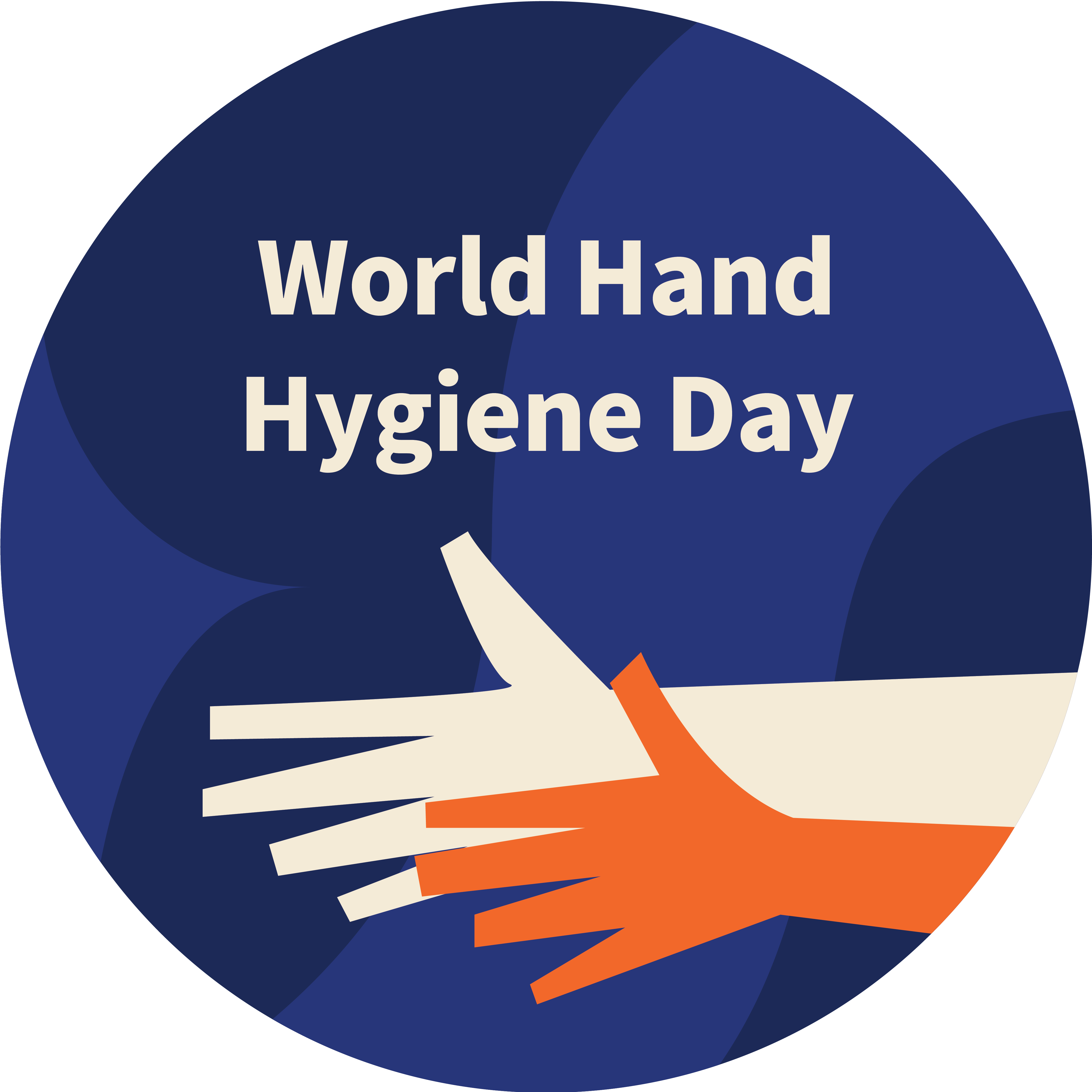In vitro efficacy of triclosan coated polyglactin 910 suture against common bacterial pathogen causing surgical site infection
DOI:
https://doi.org/10.3396/ijic.v10i2.11840Abstract
Surgical-site infections (SSIs) increase morbidity and mortality in post-surgical patients as well as represent an economic burden to healthcare systems. The aim of this study was to evaluate the in-vitro efficacy of triclosan coated polyglactin 910 suture against the common bacteria isolated from post-operative wound infection. Our goal was to establish whether the use of a triclosan coated suture would reduce the incidence of microbial colonization of suture material thus reducing the rate of surgical site infection. Similar length of triclosan coated and uncoated sutures were put on the lawn culture made on Mueller Hinton agar by 0.5 McFarland standard suspensions prepared by touching 4-5 colonies of each bacterium isolated from post-operative wound infections. After overnight incubation at 370C, the zone of inhibition around triclosan coated sutures was compared to the zone of inhibition that was found around uncoated sutures. Among 271 (81.87%) positive cultures from 331 post-operative wound samples, the commonest bacterial isolates were S. aureus (29.52%), followed by E.coli (17.34%), Klebsiella (15.13%), Coagulase negative Staphylococcus (9.96%), Pseudomonas (9.22%), Proteus (6.64%), Enterococcus (5.53%), Citrobacter (3.69%), and Acinetobacter spp.(2.95%). We found that after overnight incubation at 370C, a good zone of inhibition was present around triclosan coated sutures in all isolates except Pseudomonas and Enterococcus spp. – but minimal or no such zone was found around uncoated sutures. Triclosan coated suture can significantly reduce the SSI rate, cost and duration of hospital stay and it is highly effective against the common bacteria isolated from post-operative wound infection.Downloads
Downloads
Published
How to Cite
Issue
Section
License
Authors retain copyright of their work, with first publication rights granted to IJIC. Read the full Copyright- and Licensing Statement.




